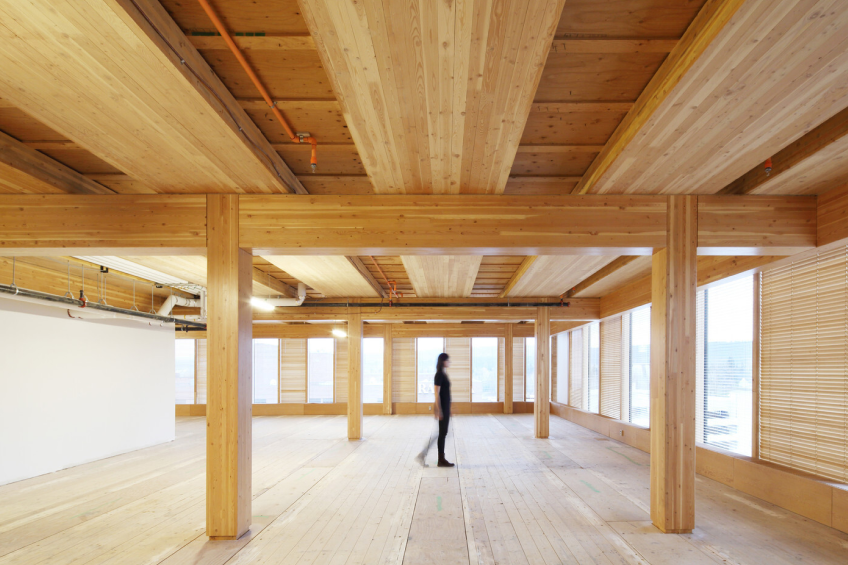Wood: Blackbaron Best Articles

Wood Has Played A Key Role In The History Of Architecture By Adding Warmth, Versatility, And Sustainability To Buildings. Today, Its Use Is Experiencing A Renewed Interest, Driven Both By Technological Advancements Brought About By The Use Of Cross-Laminated Timber (CLT) And By Growing Environmental Awareness.
The Following List Is An Index Of Articles, News, And Projects Published On ArchDaily That Cover Everything You Need To Know About The Use Of Wood In Architecture, From Design Strategies And The Latest Trends To Its Application In Construction Works And Building Materials.
Types And Production
As One Of The Most Widely Used Materials Around The World, Architects Are Accustomed To Easily Obtaining Sawn Wood From Their Nearest Store. However, We Know Little About Its Manufacturing Process And All The Operations That Determine Its Appearance, Dimensions, Shades, And Other Relevant Aspects.
We've Already Introduced You To 'zero Kilometer' Materials: They Can Be Locally Sourced, Don't Require Extensive Industrial Processing Or Toxic Treatments, And At The End Of Their Lifespan, They Can Be Returned To The Environment. For Example, Wood From Nearby Trees, Just A Few Kilometers Away, Eliminates The Need For Long-distance Transportation, Valorizes Local Resources, And Enables Architecture With A Lower Environmental Footprint That's More Connected To The Region.
Glued Laminated Timber (GLT), Also Known As Glulam, Is A Structural Material Manufactured By Bonding Individual Segments Of Wood. Being Glued Together With Industrial Adhesives (typically Melamine Or Polyurethane Resin Adhesives), This Type Of Wood Provides High Durability And Resistance To Moisture, Resulting In Large-sized Pieces And Unique Shapes.
Popularized In Europe And Gradually Gaining Ground In The Rest Of The World, Cross Laminated Timber (CLT) Stands Out For Its Strength, Appearance, Versatility, And Sustainability. The Material Consists Of Planks (or Lamellas) Of Sawn And Glued Wood, With Each Layer Oriented Perpendicular To The Previous One. By Joining Layers Of Wood At Right Angles, The Structural Stiffness Of The Panel Is Achieved In Both Directions, Similar To Plywood But With Thicker Components. This Way, The Panel Has Good Resistance To Tension And Compression.
In The Case Of Furniture Manufacturing, Wall And Ceiling Coverings, And Even Flooring, The Use Of Boards Is An Economical And Functional Way To Incorporate Wood Into Buildings. There Are Several Options In The Market, And Each One Uses A Different Manufacturing Process, Whether Through Fibers, Particles, Chips, Or Sheets, Resulting In Specific Applications. You Can Learn About The Most Commonly Used Wood Boards, Their Characteristics, And Primary Uses.
